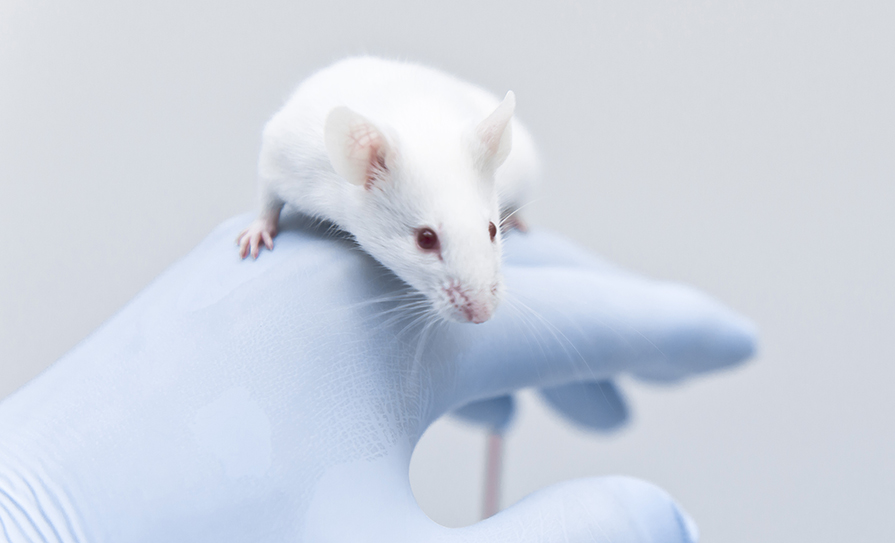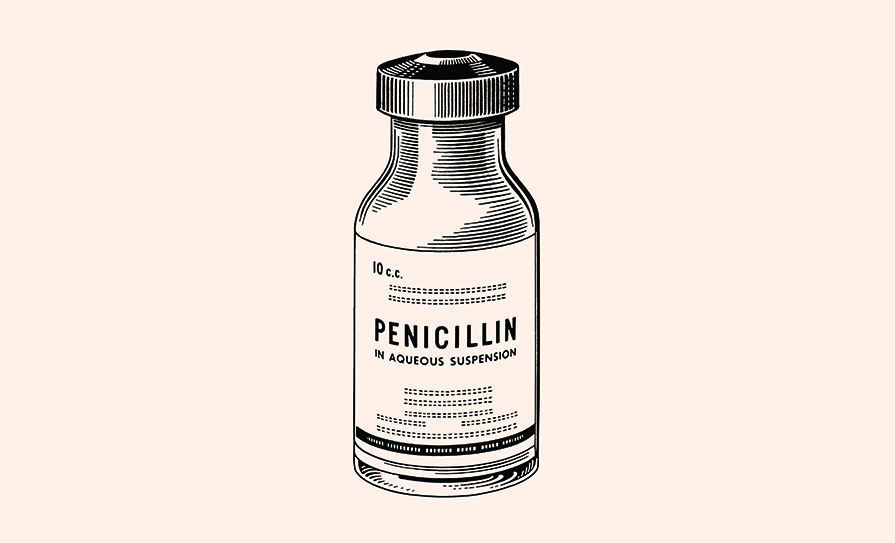Of all the things done to rats in the laboratory, tickling them to assess their playfulness has to be the most benign. If you’re one of the lucky rodents working with the researchers at the Humboldt-Universität zu Berlin, you are also helping to identify findings that might be translatable to humans and help us to understand the little-known neural pathways that influence and control the playfulness of our own species.
Aside from the rats, it must be one of the more fun areas of research for humans to simulate play-conducive environments in the lab. The researchers must also ‘befriend’ the rats, getting them comfortable enough to play with them because, much like ourselves, rats are far less inclined to play if they are stressed, anxious, or restrained in some way.
Once the rats and the scientists have become buddies, the rats are tickled in a controlled environment and their squeaks and brain activity are carefully measured. As a result, the scientists discovered a structure in rats’ brains that is essential for laughter and play, called the periaqueductal gray (PAG).
Oddly – or perhaps not, depending on where you place laughter and play in the grand scheme of things – the act of play is one of the least understood areas of human behaviour. Not a lot of research has been dedicated to it and the neuroscience of the process.
But a little more about the PAG: It is located in the mid-brain, and previous research has shown that it can control vocalisations and the fight-or-flight response, which is invoked during the course of play-fighting. On the face of it, it would seem to be an important piece of ‘kit’.
Senior author and neuroscientist at the Humboldt-Universität zu Berlin, Dr Michael Brecht, explained: “We know that vocalisations such as laughter are very important in play, which supported the idea that there is some sort of organisation signal in the brain regulating this behaviour. For example, children check for laughter when they play-fight with each other. If their playmate isn’t laughing anymore, they stop fighting.”
If you have ever fostered or adopted a puppy dog who bites too much, you may be familiar with a similar phenomenon of behaviour. Pups who are separated from their mother immediately after birth often play-bite too hard and too often, which can prevent them from being adopted. In the crucial weeks after birth, the pup learns how to regulate their play-biting by trying it out on the mother. If it play-bites too hard and too often, the mother will give it a ‘tough love’ type of snarl, just to let it know that this kind of thing is acceptable only up to a certain point.
Anyway, back to our somewhat less-loveable rats.
Once the rats had become comfortable enough to play with the researchers, they enjoyed games such as ‘catch/chase the hand’, and when they managed to do so, the rats were tickled on their bellies and backs. But it’s a fair question to ask, how exactly does a rat ‘laugh’? The answer is, they emit a high-pitched type of squeal at a frequency so high that we cannot even hear it. The team used special equipment to monitor this sound, just to make sure the little fellas were actually having fun.
Tying this in with brain activity, they discovered strong neural responses to both tickling and playing in the lateral column of the PAG, but when this part of the brain was inhibited, they neither played nor ‘laughed’ as frequently. Similarly, if they were transferred to an environment that was designed to induce stress, they almost never played or laughed. As you might expect, this corresponded with a decrease in activity in the play-responsive cells in the lateral column of the PAG.
Dr Brecht continued: “A lot of people think that play is childish or not a very decisive behaviour, but play is underrated. In my perception of play, it’s a self-training behaviour. Usually, brains serve for controlling behaviours. Play behaviours, however, seem to serve for growing brains.”
To know more about this fascinating and under-rated area of research, the findings were published recently in Neuron.













Leave a Reply
You must be logged in to post a comment.